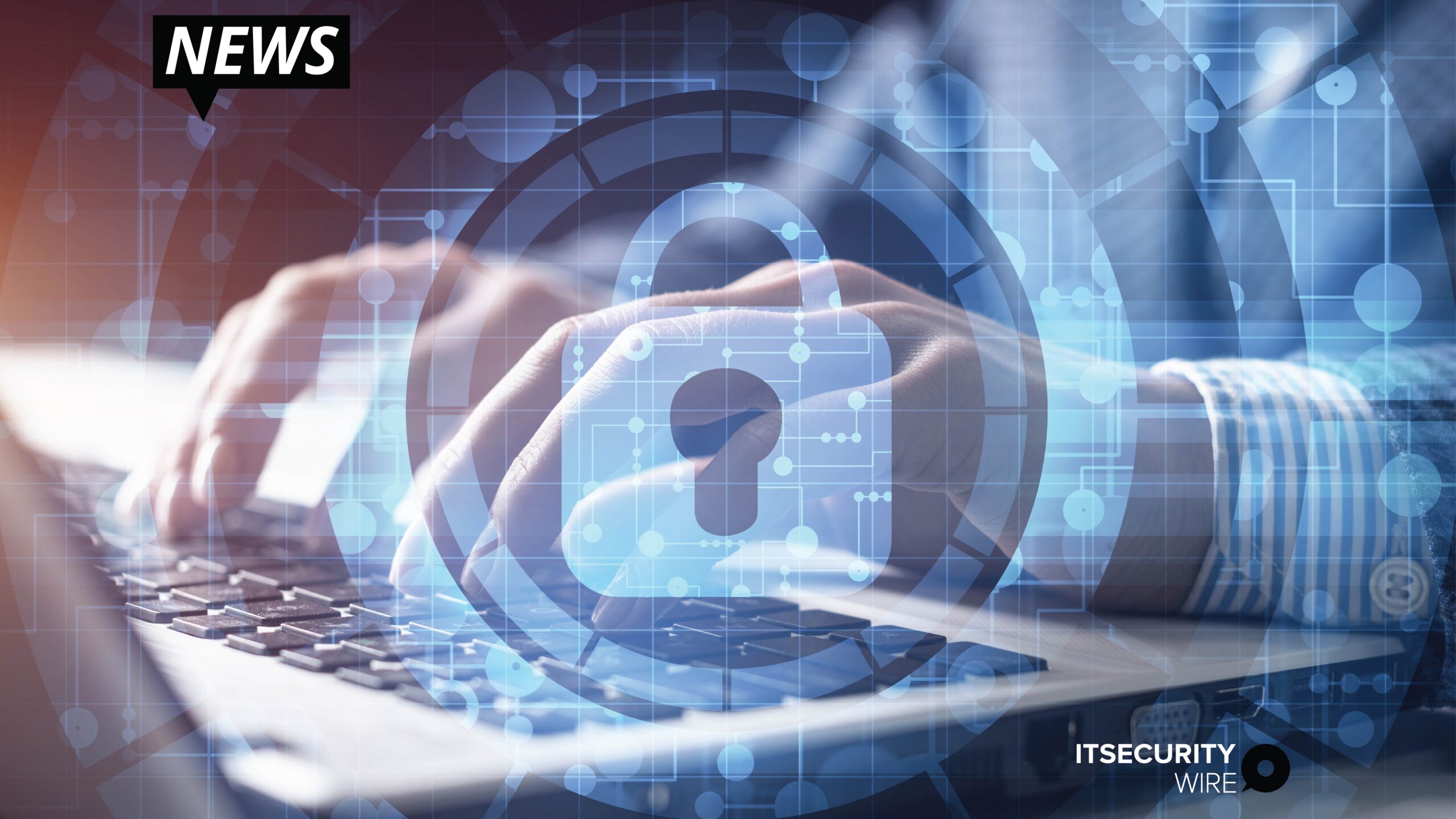Major predictions that will drive, impact, and force the FinTech space to re-imagine and enhance their cybersecurity posture – include a diminishing hype around blockchain, the actual impact of IoT device vulnerabilities, and a significant increase in multi-cloud environments.
The key to successful cybersecurity is finding the sweet spot between ‘too much’ and ‘too little’ security. In 2020 cybersecurity has inevitably become a global priority because of the rise in threats, with a heightened sense of vulnerability regarding unauthorized access to confidential data.
As cybercriminals become more organized, they will continue to derive advantage of human error, and the struggle enterprises face in trying to strike a balance between ‘too much’ and ‘just enough’ security to commit attacks.
Enterprises must take action and advance their systems to avoid being compromised, especially those involved in financial services, managing vast amounts of sensitive information.
Below listed are the top four predictions that provide focus on where improvisations can be made and what pointers to be considered for reinforcing the security systems:
- Increase in multi-deployment and multi-cloud environments to protect data: There will be a complete focus on technologies that cater to private, on-premises, and public cloud environments. Enterprises can attribute this to the ‘boomerang effect’ as a couple of years ago; multiple organizations planned to go out as 100% public cloud. However, many discovered that the public cloud did not match their needs in some instances – due to the underlying security issues – so the apps “boomeranged” back on-premises. Having undergone such a process, organizations are now heavily choosing to embrace multi-deployment, multi-cloud environments. They’re deploying apps because they offer the best technology and security – regardless of whether they’re in the cloud or on-premises.
Read More: Vulnerability Management – Addressing the Need and the Challenges
- Rise in business apps mimicking cloud environments: Even if they technically don’t fall under the umbrella of public cloud, organizations will build architect and infrastructures in a way that allows them to expand and stretch applications, and turn workloads on or off. These environments will seek strikingly similar to the public cloud but will be based on-premise or in a “private cloud.”
- Enhancing the impact of IoT device vulnerabilities: Firms will struggle to efficiently prioritize IoT security mechanisms mapping it with their threat environment because of the lack of up-front involvement of dedicated security teams in IoT projects and not possessing an IoT architect in place. Despite IoT being one of the fastest-growing trends in technology, enterprises are leaving themselves far vulnerable to dangerous cyber-attacks by failing to prioritize PKI (Public Key Infrastructure) security.
- Decreasing the hype created around blockchain technology: Both businesses and consumers will come to realize that blockchain is not a financial panacea. However, maintaining this technology secure still entails relying on best practices, including the correct use of cryptography and secure key management. Concurrently, the focus should be on quality over quantity – blockchain applications will eventually become more meaningful due to an in-depth understanding of the system limitations and where real benefits could be derived.
Read More: The Growing Need for Certificate Lifecycle Management
Organizations need privacy and security controls but they must also be careful as to not drive consumers away. Post-pandemic, the challenge will still be to find that sweet spot between ‘too much’ and ‘too little’ security, and those that are on the lower side will find themselves at higher risk of suffering massive cyber-attacks.









